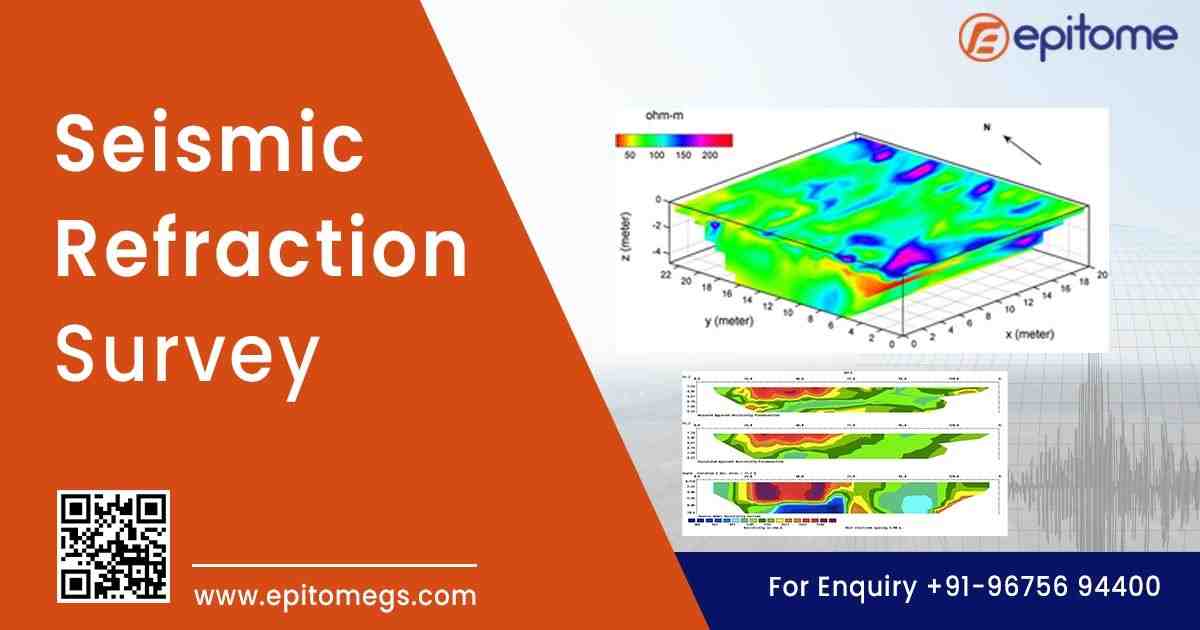
Seismic Survey – Epitome Geotechnical Services
Explore Epitome Geotechnical Services’ advanced seismic survey solutions for accurate subsurface profiling, risk assessment .


© 2024 Crivva - Business Promotion. All rights reserved.